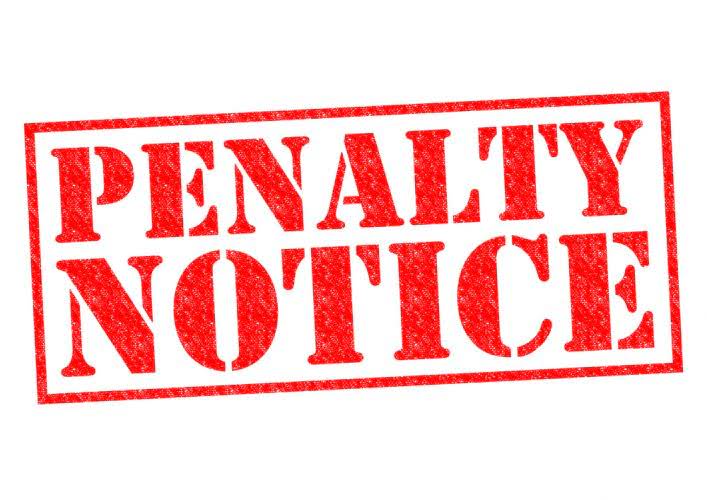Content
- How much equity should an HOA have?
- Can you get a printed history of HOA dues for each year for the past 10 years?
- Example of a Cash Flow Statement
- What Are Financial Statements?
- Community Members
- Understanding Community Financials & How to Strengthen Them
- Amazing Facts About Labor Day You Might Not Know Yet
- Software as a Service

The third week in the month is often the best time for your committee to meet (this may vary by association). This gives you plenty of time to receive all of your financial data from the banks and investment firms. Reviewing financial statements as a team is one of the most important activities of the HOA board. It’s even more effective when the board does this regularly, at least once a month. This way, everyone will have a picture of the current HOA finances which will also guide ongoing decision making.

Too often, it’s been documented that fraudulent financial activity or poor control oversight have led to misstated financial statements intended to mislead users. Even when analyzing audited financial statements, there is a level of trust that users must place in the validity of the report and the figures being shown. There are two different types of equity and it’s necessary to understand what type you’re dealing with in regards to HOA funds. If an HOA has more savings, cash, and funds that are being collected than expenses that need to be paid, it has positive equity. However, if a community owes more money than it’s bringing in, it has negative equity. While we can all appreciate that board members are volunteers, they must take a serious approach to finances.
How much equity should an HOA have?
When an HOA board hires a management company, the roles of each party can be confusing. Let’s consider the association management’s role in an HOA board and how it can benefit a community hoa accounting association. If reserve funds fall short when a project comes up for completion, the community association board will have to make the unpopular decision to raise assessment fees.
- Once you know the definition of each section and how they are broken down categories, analysis becomes much easier.
- It essentially shows whether or not the HOA was able to meet its financial obligations with the funds it has accumulated over a set period of time.
- Thus, it’s almost a given that you will hear of yet another scandal involving association money.
- The balance sheet lists all of the HOA’s assets, liabilities, and equity as of a certain date.
- Community Financials, the Nation’s largest provider of accounting and bookkeeping services, has compiled a list of resources to assist you in determining the four most important statements.
Aside from regular monthly meetings, also leave time to conduct quarterly meetings as well. A quarterly meeting with the Board of Directors and the Finance Committee establishes several things. Equity is essentially the residual interest in the assets after all of the liabilities have been deducted. https://www.bookstime.com/ In other words, it is the value left after subtracting all of the liabilities from the assets. Could-based AMS software is backed up and protected in case of a disaster like theft or tragedy. It also upgrades automatically, so your software is always up-to-date and your operations uninterrupted.
Can you get a printed history of HOA dues for each year for the past 10 years?
Below is a portion of ExxonMobil Corporation’s cash flow statement for fiscal year 2021, reported as of Dec. 31, 2021. We can see the three areas of the cash flow statement and their results. Cash from financing activities includes the sources of cash from investors or banks, as well as the uses of cash paid to shareholders. Financing activities include debt issuance, equity issuance, stock repurchases, loans, dividends paid, and repayments of debt.
- For example, some investors might want stock repurchases while other investors might prefer to see that money invested in long-term assets.
- If your HOA’s equity is negative, you must take proper action to improve your community’s finances.
- Investing activities include any sources and uses of cash from a company’s investments in the long-term future of the company.
- A loan can be good or bad depending on what it is for, and the overall financial condition of the HOA.
- For example, is there an un-budgeted item call “Fire Remediation”, and you bought a unit that had been rehabbed after a fire, that would cause a one-year net loss.
The Board of Directors for your homeowners association has an immense financial obligation to the community. One of the HOA board’s most important jobs is to keep legible and accurate financial reports and records. These reports and records provide an overview of your community’s revenue and expenses against its financial projections or budget. HOA balance sheets, whether prepared monthly, quarterly or annually, are a good representation of the daily operation of your community association. Negative equity on an annual sheet does not only mean that an HOA has lost money over the year, but it also translates to flawed day-to-day operations which you must reconsider.
Example of a Cash Flow Statement
This is the best way to keep dues low and the association well maintained. And to make it more complicated, is this broken out by operating and reserves? For example, is there an un-budgeted item call “Fire Remediation”, and you bought a unit that had been rehabbed after a fire, that would cause a one-year net loss.
How do you decode a balance sheet?
The balance sheet is split into two columns, with each column balancing out the other to net to zero. The left side records a firm's itemized assets, categorized as long-term vs. short-term. The right side contains a firm's liabilities and shareholders' equity, also separated as long-term vs.
